Selens 2 Pcs Polarized Film Sheets 20x30cm Linear Polarizing
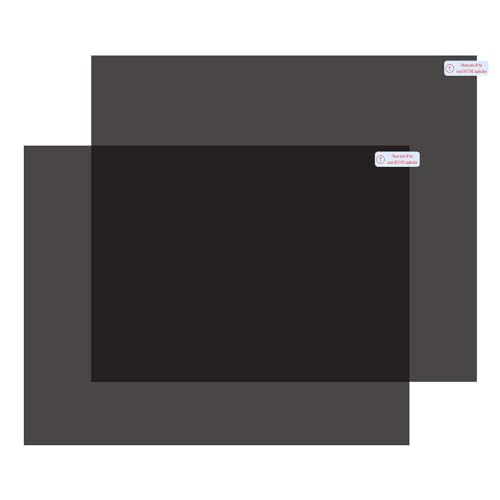
Selens 2 Pcs Polarized Film Sheets 20x30cm Linear Polarizing Filter Adhesive Polarizer for Screen, Photography and Physical Educatio
From the brand

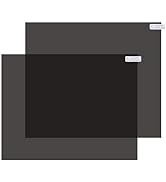
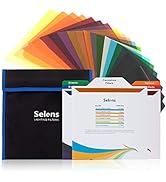

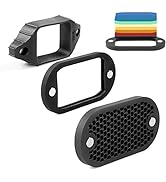
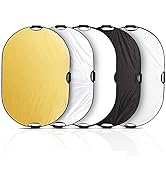

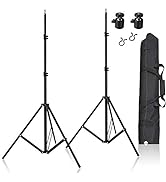
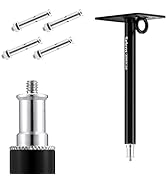
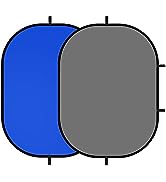
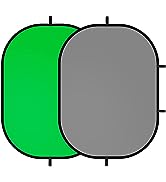
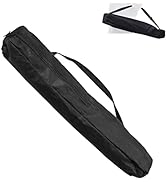
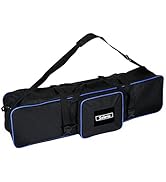
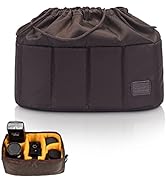
Selens storage bag
| Dimensions: | 30 x 20 x 0.1 centimetres |
| Brand: | Selens |
| Part: | TZ756217@#SittoUK_FBA |
| Dimensions: | 30 x 20 x 0.1 centimetres |
| Reference: | TZ756217@#SittoUK_FBA |
This pair of polarizing sheets are 8 x 12 inches in size and of medium thickness PET, with linear filtering effect. This makes them suitable for the maximum number of applications.
If you are using them for photography then of course make sure your camera is compatible with a linear filter, as many will only meter accurately with a circular-polarizing filter.
Bear in mind you will need to remove the plastic backing if you want to get the full effect, as it interferes with the polarized light and introduces massive colourization (rainbow effect). I replaced that sheet with a neutral plastic which preserves the original effect.
The sheets are cuttable and can be bent, so are great for school projects and science experiments.
The price of 15 means 7.50 per sheet, which is a decent price. You can get cheaper if you buy in bulk, but for just two sheets it’s not a bad price.
These 20 x 30cm linear polarising sheets are plain on one side and sticky on the other and each face is protected by a sheet of plastic. If you want to stick the sheets to a surface, you need to follow the instructions and peel away the plastic layer that protects the sticky side first (labelled ‘1’), sticking it on and then removing the other sheet (labelled ‘2’).
If, as suggested as an alternative, you want to use them as standalone sheets then you need just remove the sheet labelled ‘2’ so that you don’t end up with a sticky surface that is going attract dust, fingerprints, insects, cat hairs and so on. However, the plastic layer that protects each side is optically active so if you put the two sheets together and rotate one of them through 90 degrees, you will get colours instead of extinction. This means that you need to have the polaroid sheet facing the subject and not the protective sheet otherwise it will not allow the polaroid sheet to analyse the light. The last photograph in the series is one of the crumpled protective sheet showing how optically active it really is – before you take it off, it is flat so you don’t get the psychedelic fragmentation effect but there is serious chromatic distortion.
In photography, you are not just limited to putting a linear polarising sheet in front of the lens to eliminate reflections off the surface of water – linear polarising filters are far superior to circular polarising filters certainly in this respect but you see circular polarising filters because the light meter in some cheaper cameras cannot handle linear polarised light. You can put a polarising sheet such as one of these in front of a light source (polarising side to the subject so that the protective side faces the light source and not the camera) and then use a linear polarising filter in front of the lens, rotated so that the light directly from the source is extinguished along with any specular highlights.
Additionally, since a lot of plastics react with different wavelengths of polarised light differently, you can use the same extinction method to look at stresses in transparent materials. In the photographs, you can see the stresses in the lenses of the pair of glasses where the tops of the frame pinch the plastic lenses. This also works with glass as you can see in the picture of the stresses in a glass teapot. This is used when blowing glass to make sure that finished pieces of hand-blown glassware are reasonably stress-free when they have been annealed. Also, plastic models of objects can be made then put under stress in this way to see if a particular shape is causing unnecessary stresses such as around portholes in aeroplanes and ships.
In science, there are chemicals that rotate the plane of polarisation of light and you can use this in single component systems to measure concentration of a known compound or assist in a confirmatory context with the identification of an unknown.
Glucose is often called d-Glucose and vitamin C is called l-ascorbic acid – there is at least one atom in each where there are four different structures joined to it and therefore you can have left and right handed versions of the same molecule – this is chiral chemistry.
The ‘l’ and the ‘d’ in the names of these chemicals refer to the direction that they change the angle of polarisation of light with the ‘l’ standing for ‘levo-rotatory’ (left or anti-clockwise) and the ‘d’ standing for ‘dextro-rotatory’ (right or clockwise). If you make a dilute solution of glucose and set up a two polarising filters so that the light is extinguished and have a cell with water in it in between them then change the water for glucose solution, you can measure the change in the angle that the extinction occurs. Normally, this is done in sodium light (‘D’ line) and with the proper equipment, the cell is a metre long but there is no limit to the level of improvisation that can happen in a laboratory when something needs to be demonstrated to curious students.
Two sheets like this can be very useful to the photographer but they can open up a whole world of enquiry to a curious student.